Idea Generation Process
Frist step in the Business Development Process is Idea Generation Process. Like all successful plans, every business starts with a clear understanding of direction and milestones to reach the desired destination. Every small or big project starts with visualization of the project Inside the
Brain. There are many components of the Idea Generation Process hence, first we must understand the Importance of Idea Generation Process. Developing an idea starts with Finding a Problem of the customers and then Logically Thinking about the problem. Is the problem worth solving? Are there any major players or monopoly in the market? Are there any governmental or ethical constraints that can affect the business? Etc.
The mental process does not stop here, as there are multiple ways to approach the same problem. Each way leads to a different execution plan. We must contemplate different implementation ways through Brainstorming. The outcome of brainstorming session is that we have a clear Mental Roadmap, which simply means that we have divided the execution strategy into small manageable milestones. The process so far has been dedicated to developing a business model. Next equally important step is Critical Thinking where we outline the Product and Process. The Idea Generation Process is eerily similar to the Double Diamond Model of Product Design. This design thinking model is closely coupled with the designing of products. Hence, we will discuss this model as part of the Idea Generation Process.
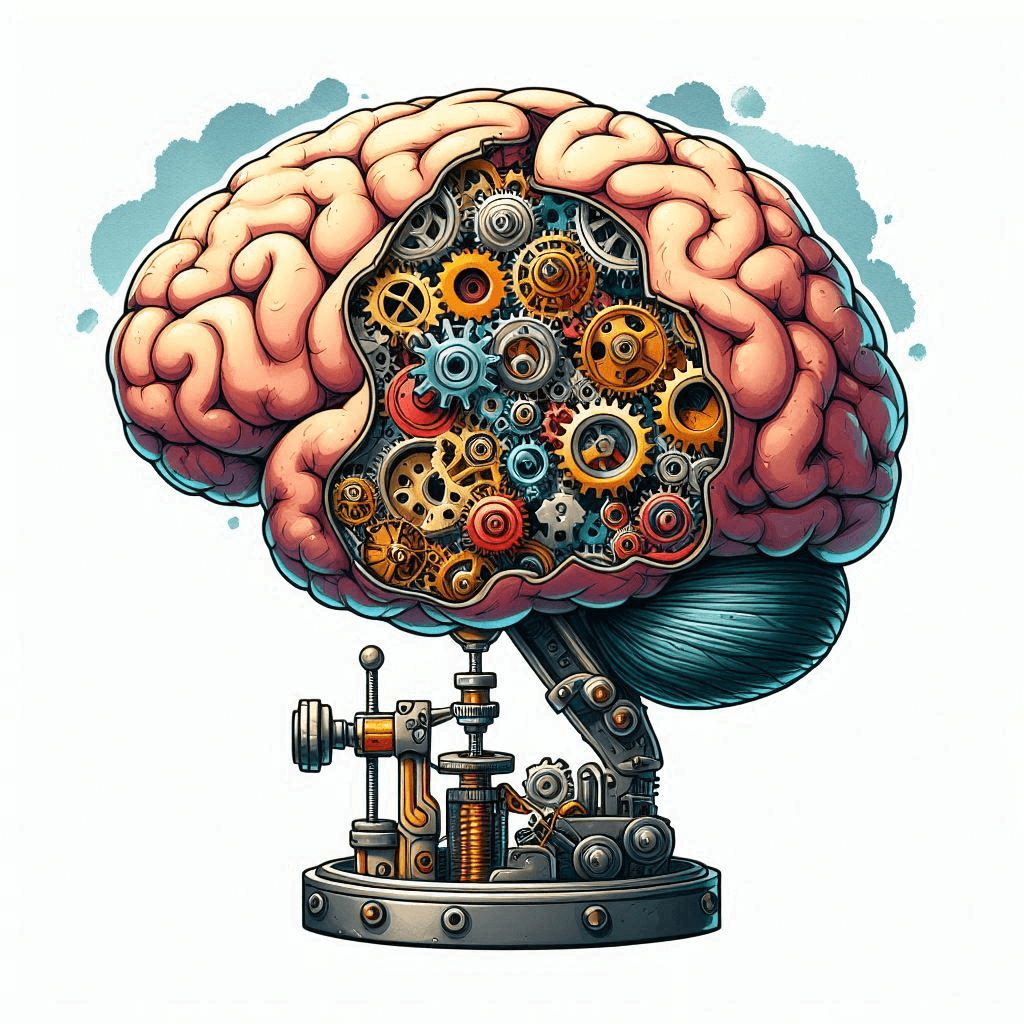
1. Inside the Brain
As Just is always keen at applying First Principle Thinking. He wants to get to the root of every problem he tackles. He thinks that the Idea Generation Process is a Mental Process. To make the best use of his mind, it is imperative that he should understand what happens inside his brain as he thinks and generates new ideas. The human brain is a complex machine with several evolutionary changes. Each evolutionary change bestowed a greater understanding of emotions, logic, movement and other cognitive functions.
* Importance of Idea Generation Process
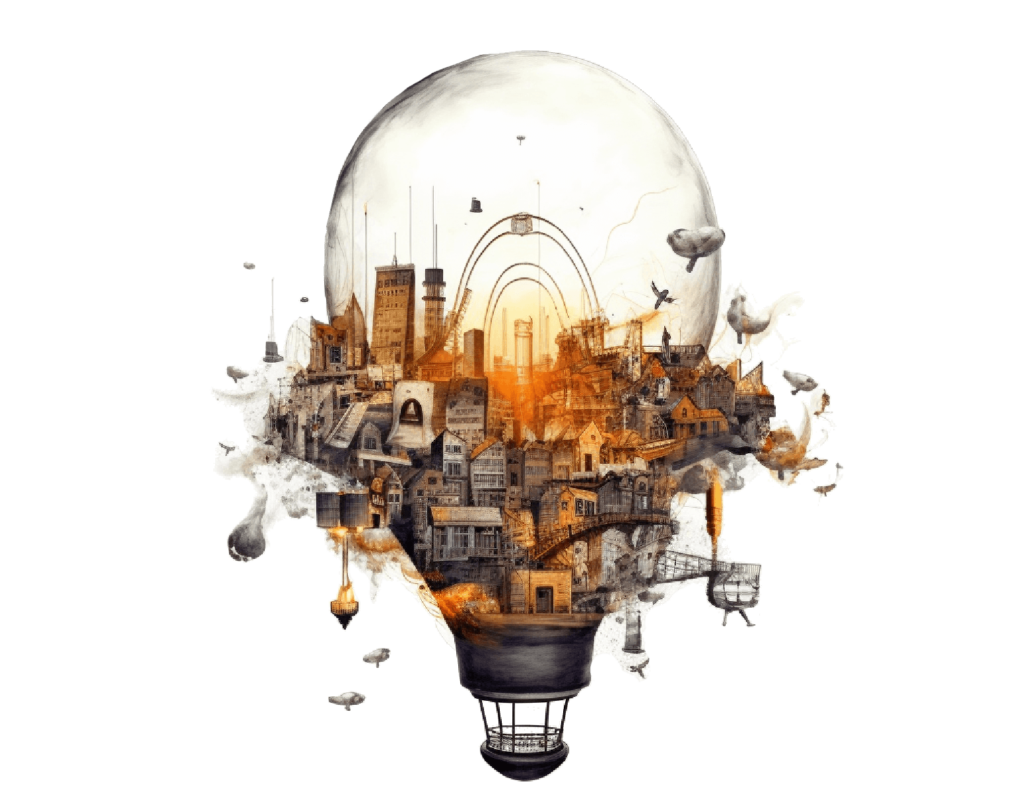
We just learned how our brain works. Next logical question for him is why is generating a business idea important at this stage? What is the use of developing a business idea early in the development process? These are a few questions that came to his mind. Well, the most logical explanation is to get a general direction of the business, define the customers and revenue model early on in the Business Development Process. There are other reasons which will be discussed in the dedicated page linked below.

* Creative Thinking
Creative Thinking is a mental process that is a gift of evolution. When we were kids, our teachers often encouraged us to think out of the box. By giving us simple situational problems where all answers are acceptable. The reason for giving these simple situational problems was to develop our mind and teach us how to think creatively. As everyone was able to come up with ideas. We had a lot of different ideas floating around in the classroom. The last part of this process was to debate and analyze all the answers. Hence, creative thinking is nothing but coming up with multiple unconventional ideas that are listed for contemplation at a later stage.
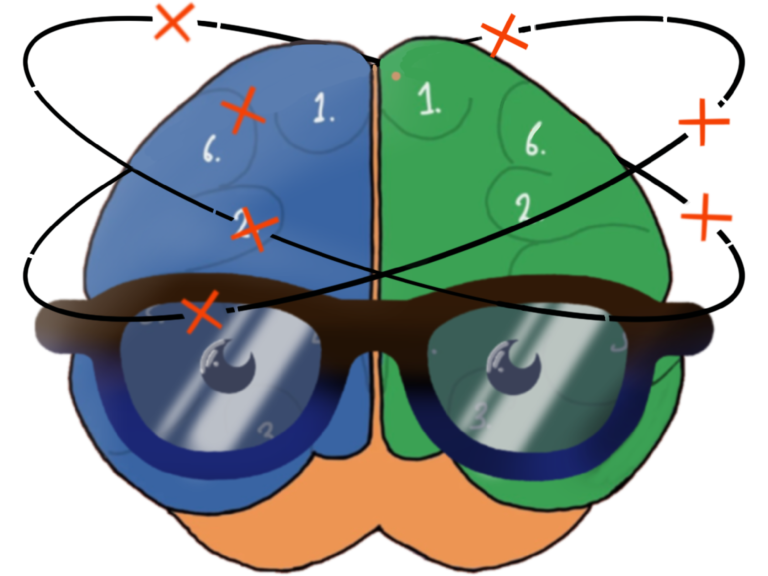
2. Finding a Problem
There is no doubt that Idea Generation Process is an important step in the Business Development Process. So, how do we get started with developing a business idea? Well, the first step is obvious. A business is successful only if there is a demand for the products or services that the business is offering. Customers are looking for solutions that will make their lives easier, reduce time of work, is necessary for survival, have aspirational value (Want), sense of community, security, and Fear of missing out. These are also the factors that influence a customer to purchase a product.
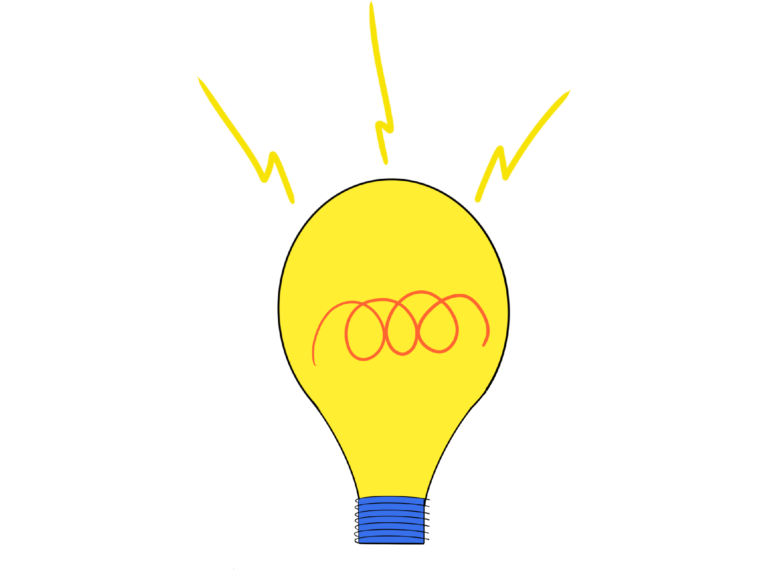
3. Logical Thinking
Finding a Problem is a Creative Process. Hence, after the creative thinking process, we have a long list of possible problems that our new business can cater to. However, as we already know about the law of Opportunity Cost. We can only cater to a few problems. Hence, we use Logical Thinking to eliminate non suitable opportunities. There are some proven techniques for successfully implementing Logical Thinking which are discussed in a dedicated page linked below.

4. Brainstorming
Brainstorming is another variation of Creative Thinking. As we can clearly identify the exploratory nature of Brainstorming. After Logical Thinking we are usually left with one or two opportunities that we want to tap when we start our new business. Now, it is time to explore all the possibilities that we can take advantage of the available opportunity. Can we improve a product or service? Can we create a new product and generate demand for it? What factors will influence the customers to buy your products over competitors’ products? Etc. These are some of the baseline topics that can be explored. Brainstorming session although exploratory but can also conclude to a single outcome. This is where we define a rough strategy that aligns all the opportunities that we want to tap.
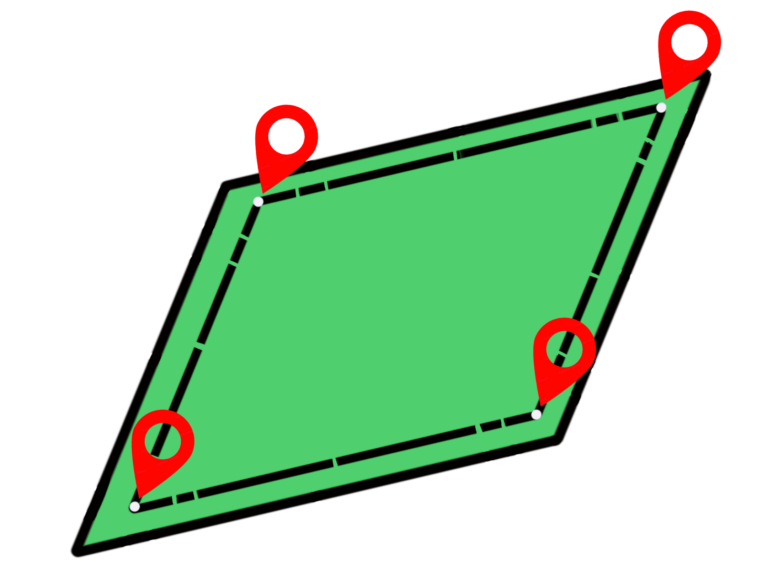
5. Mental Roadmap
Mental Roadmap is very similar to the Logical Thinking step as the nature and properties of the two are similar. Mental Roadmap, as the name suggests, is a rough outline of business that we want to manifest. The only distinction between Logical Thinking and Mental Roadmap is that it allows us to define milestones along the journey of executing the business idea. The milestones are usually very specific like getting the business registered, developing the first prototype, first sale, quarterly goals, etc.
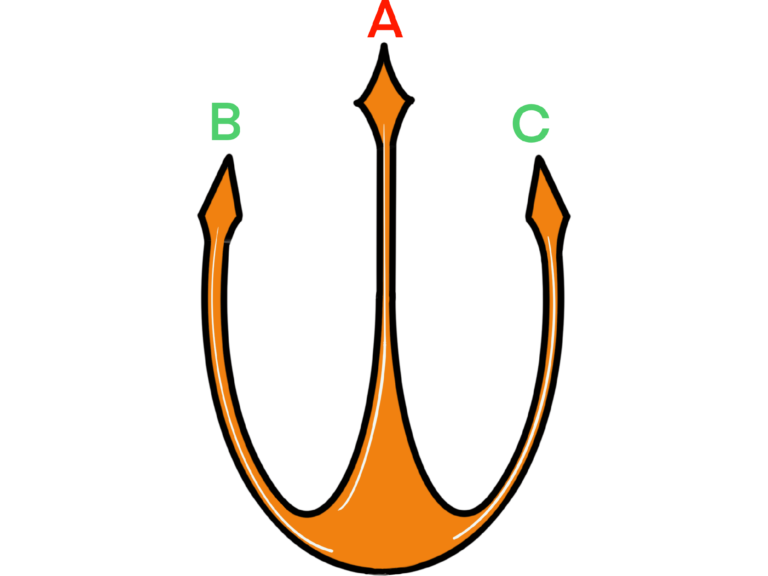
6. Critical Thinking
Critical Thinking is an additional step in the Idea Generation Process that asks us to draw out the mental process on a piece of paper. Once an initial mind map is created, it is essential to revisit the idea with a fresh mind. As we come back with a fresh perspective towards the problem, we may find some missing links that must be addressed or some alterations that are necessary to the already defined mind map. The Critical Thinking step also involves thinking about Risks, new opportunities, collaborations, competitors, etc. This new prospective allows us to have a clear image of the Products and Processes of the business.

7. Product
What sort of business did you think about running? B2B, service based, product based, consultancy, or something else? No matter what business you are starting, there are also some products linked with the business. As we are at the idea generation process, we are thinking about all the products that could be used, improved, or innovated. This step is just like the brainstorming session discussed earlier. Think about what products will your business produce, use, or sell? This step is essential as we must research where these products will be sourced from.
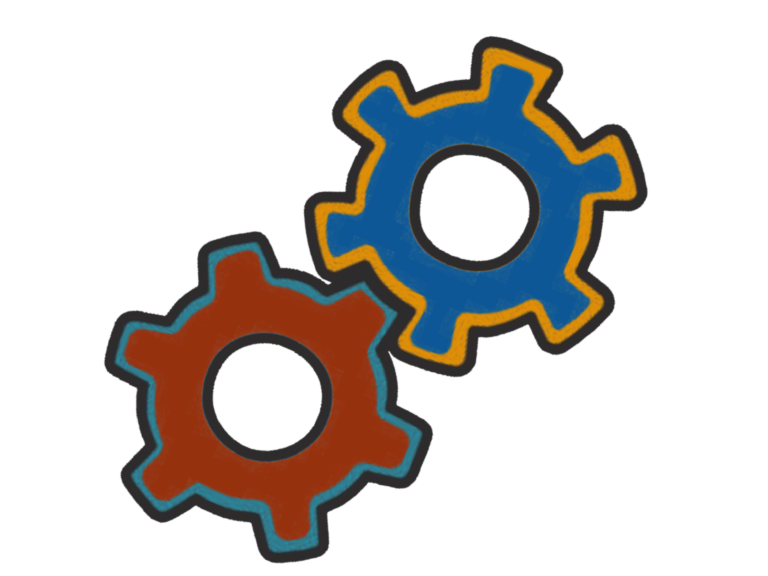
8. Process
Products and Processes are indiscriminately tied to each other. Process refers to how the product will be used for a service business, how the products will be manufactured for a manufacturing business, and how a product will be serviced for a service providing business. Process usually is a bullet point list of steps that are performed in sequential order. Occasionally, define with the help of flow charts, diagrams, tables etc.
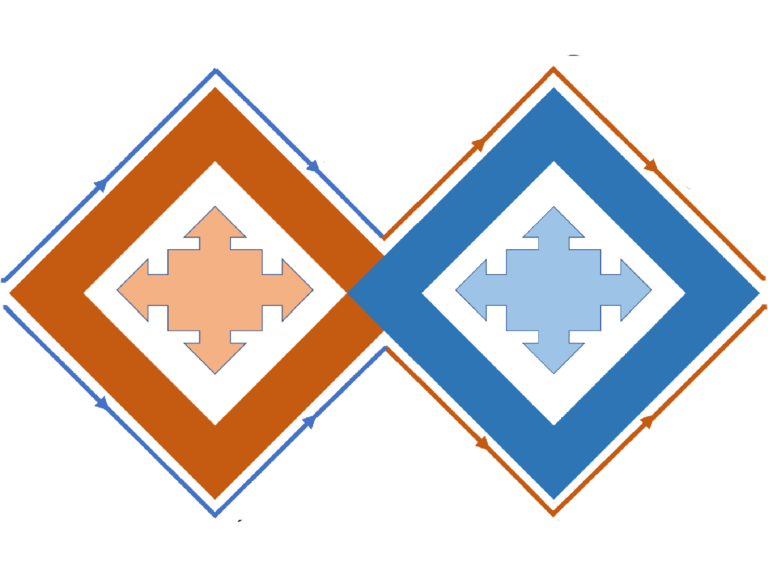
* Double Diamond Model
The Double Diamond Model is a Design Thinking Model, which was designed by the Design Council of UK in 2005. The purpose of Designing this model was to help standardize the product designing process and helping large teams to work on a single project. Improving productivity and communication between the teams. Double Diamond Model is eerily similar to the Idea Generation Process, also because Idea Generation Process is centered around developing a Product and Process for a business. Learning about the Double Diamond Model helps with reducing the time a product takes from concept to delivery in customer’s hands.
Conclusion
The Idea Generation Process serves as the foundational cornerstone in the Business Development journey, laying the groundwork for a successful venture. Beginning with an exploration of the intricacies of “Inside the Brain,” the process delves into the “Importance of Idea Generation,” emphasizing the early definition of direction and revenue models. Through stages such as “Finding a Problem,” “Logical Thinking,” and “Brainstorming,” a comprehensive approach emerges, enabling the crafting of a “Mental Roadmap” that divides the execution strategy into manageable milestones. “Critical Thinking” then refines and addresses potential challenges, providing clarity on products, processes, and associated risks. The incorporation of the “Double Diamond Model” aligns with the design thinking aspect, enhancing efficiency and communication within the team. Ultimately, the Idea Generation Process is not merely a conceptual exercise but a strategic framework that propels businesses toward success by fostering creativity, logical analysis, and a clear vision for the future.

